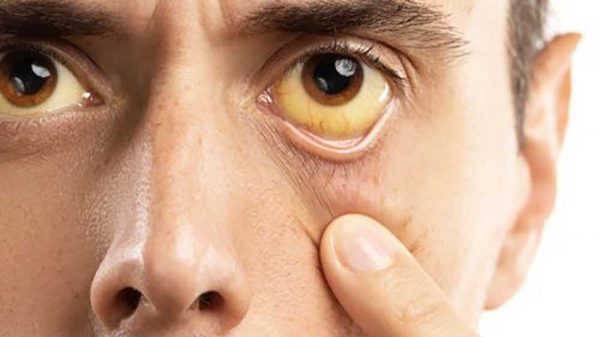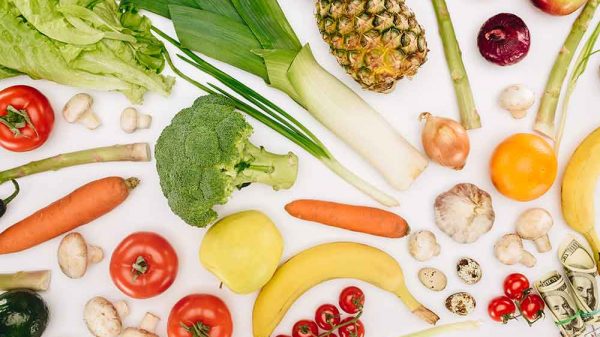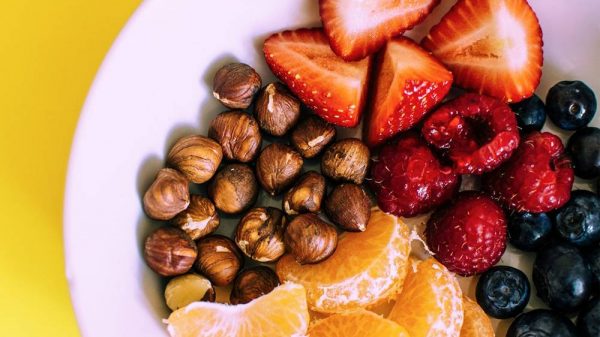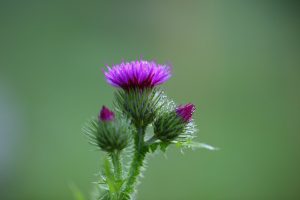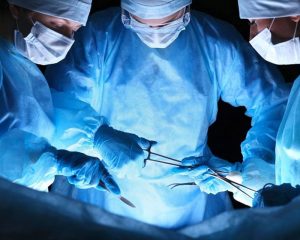Have you been diagnosed with liver cirrhosis? If so then you should know what is primary biliary cirrhosis (PBC). This is related to damage to the liver’s bile ducts. Cirrhosis of the liver can involve various kinds of complications. This includes ones that affect the eyes, skin, spleen, abdomen, and brain. Another major effect is on the bile ducts within the liver. It’s important to know the basics about PBC including the symptoms, causes, treatments, and prevention. This can help you deal with late-stage liver disease as effectively as possible. Bile ducts are important for transferring bile from the liver to the small intestine.
Cirrhosis is one of the various stages of liver disease. The first stages include inflammation and minor tissue scarring of the liver. However, if the scarring becomes more severe this results in cirrhosis. It involves major scarring of the vital organ and affects its function. Besides symptoms of the disease itself, there also might be complications that affect other body parts. That includes the liver’s bile ducts. It’s important to know what to expect if you experience this cirrhosis complication. This can help to prevent the disease from progressing to a later stage, which is critical.
What Exactly Are Bile Ducts?
There are different complications related to liver cirrhosis. This includes the bile ducts, which the body uses to transport bile from the liver/gallbladder to the small intestine. It’s critical to the basics about the bile ducts in order to treat liver cirrhosis effectively.
There are various possible health problems related to the bile duct. One of the most common ones is bile duct blockage. The function of the bile ducts is to move bile from the gallbladder and liver to part of the small intestine via the pancreas.
The liver produces bile so the body can digest fats. The color is either yellow-brown or dark-green. After a person is done eating the gallbladder then releases bile to improve digestion/fat absorption. Another benefit of bile is it also helps to remove waste from the liver.
Sometimes the biliary (bile) ducts get blocked. In many cases, these conditions can be treated with success. Meanwhile, in the case the blockage goes untreated long-term it can cause serious liver disease.
The human body actually has many kinds of bile ducts. There are two different kinds in the liver. One kind known as “intrahepatic” includes small tubes in the liver. They move bile to the other ducts.
The other kind of liver duct is “extrahepatic.” These start as 2 parts. One is one of the liver’s left side and the other is on the right side. When they drop from the vital organ they form one duct. This duct runs in the small intestine’s direction.
There’s also the bile duct from the gallbladder that connects to the liver’s main bile duct. This is the “common bile duct.” It goes through a person’s pancreas then empties into the person’s small intestine.
Factors that can cause a blocked bile duct include:
- Tumors on liver/gallbladder/bile/pancreas
- Cirrhosis
- Inflammation
- Parasites
- Surgery-related injury to liver/gallbladder
- Hepatitis/infections
- Growths/cysts
- Pancreas infection
- Trauma
- Narrowing duct
- Gallstones
What Is Primary Biliary Cirrhosis?
PBC is a disease that’s related to damage to the liver’s bile ducts. The tubes carry bile/digestive fluid to the small intestine from the liver. Bile in the intestine can help break down fat. It also helps to absorb vitamins like A/D/E/K.
When there’s damage to the bile ducts this causes a buildup of bile within the liver. As time passes this causes liver damage. This might result in permanent damage and even cirrhosis.
PBC patients might not experience symptoms for up to one decade. After the symptoms begin the life expectancy averages around 10 years. However, this figure can vary. In fact, new treatments have improved the PBC patients’ outlook.
PBC actually has four stages that are related to the amount of liver damage a person has experienced. They include:
- Stage 1: Inflammation/damage to medium bile ducts’ walls
- Stage 2: Blockage of small bile ducts
- Stage 3: Start of scarring
- Stage 4: Cirrhosis, which is permanent liver scarring/damage
The development of PBC is slow. In fact, sometimes there aren’t any symptoms for multiple years. That’s even the case after being diagnosed.
The earliest symptoms include dry mouth/eyes, fatigue, and itchy skin. Then there are later symptoms that can include:
- Nausea
- Skin darkening
- Weight loss
- Leg/ankle swelling
- Joint/muscle pain
- Fluid buildup in the stomach (ascites)
- Loss of appetite
- Small white/yellow bumps under skin/eyes
- Yellowish eyes/skin (jaundice)
- Broken bones
- Stomach pain
- Diarrhea
- Dry mouth/eyes
PBC can also result in worsening liver damage. It’s possible for bile/substances it helps to remove from the body might get trapped in the liver. Meanwhile, the bile backup can also affect various organs like gallbladder/spleen.
If bile gets stuck inside the liver you have less for digestion. Bile deficiency can keep the body from taking in enough food nutrients. There are various PBC complications that you should be aware of.
Diet Tips for PBC
1. Lean Meats
It’s critical that the meats are lean in order to minimize the risk of fat buildup in the liver. There are various options including pork, beef, and chicken. Other good protein sources include fish and shellfish. Fatty fish are a good option for omega-3 fatty acids. These fish have been trending in recent years due to the high amount of healthy fats.
2. Coffee/Tea
It’s a good idea to drink 2+ cups per day. Make sure to go with options like green tea and black coffee. They’re higher in antioxidants and other nutrients compared to sugary store-bought options at supermarkets and convenience stores.
3. Whole Grains
These are a better option compared to refined grains. They’re lower in nutrients like protein, vitamins/minerals, and fiber. Whole grains can help to boost liver health and reduce the risk of inflammation, weight gain, and other possible problems related to refined grains versus whole grains.
4. Fruits/Veggies
Make sure to eat 5+ servings daily. The key is to go with whole foods or minimally-processed foods. This will allow you to get more nutrients like vitamins, minerals, and enzymes. These options can provide you with many nutrients that can help to boost liver function.
5. Unsaturated Fats
This is a better option compared to saturated fat and especially for good liver health. Some good options include nuts/seeds, avocado, coconut oil, etc. Healthy unsaturated fat might help boost liver health.
6. Mediterranean Diet
The Keto diet has existed for less than a century, while the Mediterranean Diet has existed for thousands of years. If you have PBC you should consider a modified Mediterranean Diet. This allows you to tweak it based on your particular needs.
One of the main benefits of the Mediterranean Diet is it’s designed to fight inflammation. This makes it a practical option after learning what is primary biliary cirrhosis.



